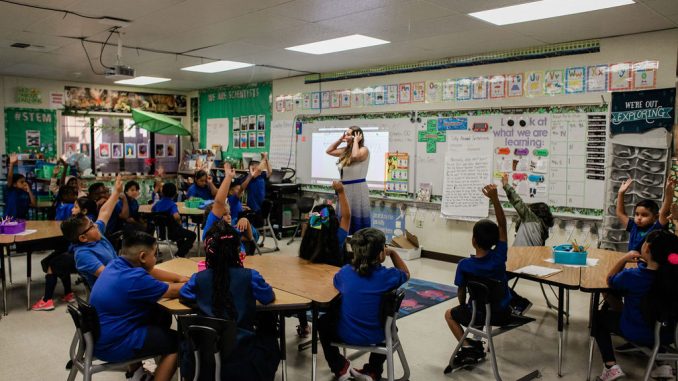
Special education is undergoing rapid change. It is the year 2024, and everyone is calling for an end to segregation. They wanted all learners of whatever description-those who have trouble with words on paper, those that learn best from sounds and are so glad to hear them- to be taught in one common classroom. In educational settings, now it is not only disadvantage that is valorized. Schools are purposefully arranging themselves so that no one type of skill is exalted over another and which ensure “all students are taught. “
What Inclusivity Means in Educating
In the field of education, inclusivity denotes forging an overall environment in which every student For Inclusive Strategy, You Need to Be Regular has their place and feels supported. It is far more than just putting all the students in one room together because that would only mean ‘integration’; rather, teaching methods tailored to varying needs, resources and support systems that correspond to different learning abilities is what really matters. Its function is to generate a sense of belonging while encouraging students to develop themselves both academically and socially at the same time.
Key Strategies for Creating Inclusive Classroom
Differentiation based on ability: Teachers use different methods of instruction, which serve their students’ particular learning style and ability level, rather than treating them all one way. This may include different kinds of activities in the classroom, role plays, whole-class discussions followed by small group projects or appraisal techniques with some instruments that cater for varying degrees of skill. Assistive Technology: The advent of assistive technology has revolutionized how disabled children receive their schooling.
Tools like speech-to-text software, Apps, and special communication equipment have enriched learning activities in the classroom, allowing more students to take part in them actively. Professional development: Within the special education teacher circle, training must be continuous. An ongoing process of classes in modern methods for students with learning disabilities can help teachers Understand the nature and how best to teach everyone. They may even be fortunate enough to work side by side with specialists from special education, thereby further enriching their own knowledge and abilities as a teacher.
Modes of Collaboration Among Teachers: Co-teaching is one example of these methods where regular classroom instructors and teachers of special education work together. It increases what both contributors already know and creates an exciting learning atmosphere, with a number of different kinds of teacher to look out for.
IEPs (Individualized Education Programs) In Still. the foundation of all special education programs is the IEP. Starting 2024, there will be greater emphasis on involving students in their IEP meetings. This will help develop their self advocacy skills and take charge of their own academic careers.
The Family and the Community
For an inclusive environment to take root, families must become more involved. Parent and care-giver involvement in their child’s education is being arranged by schools. That part of the equation is seen as vital to a proper strategy for them. At the same time, community partnerships are a necessity, for extra resources and support networks can only enhance students’ learning prospects.
Challenges and Opportunities
Although there have been many advances, there are still numerous challenges ahead. Inclusive education has countless difficulties to overcome. Distribution of resources is a problem. How to select and train teachers in inclusive education presents another major obstacle. Even so, it is encouraging that in spite of this big gap, talk about inclusivity keeps up. However, the more schools take on these commitments and complications, the more room for invention there will be.
Looking Forward
As 2024 draws nearer, the drive for inclusive classrooms can only grow stronger. Now, in special education discourse, the emphasis is on equity empowerment and a supportive environment. With attention to each student’s distinctive needs, we are not only making their educational experiences richer but nurturing greater inclusivity as a shared social value.
In the classroom today, it is an important part of education. In the same spirit as they are dedicated to diversity and optimism about equal opportunity for creativity or self-fulfillment that all students maintain, instructors should strive toward it too. Innovative practices and collaborative strategies combine to lay the foundation for a new future in which every student can thrive.